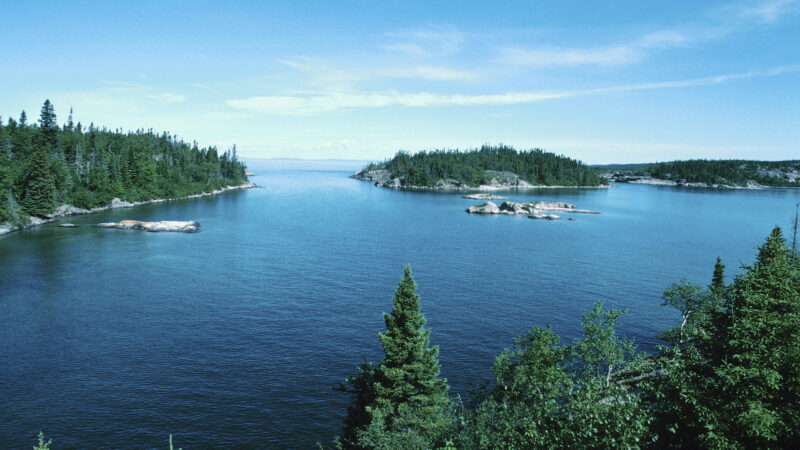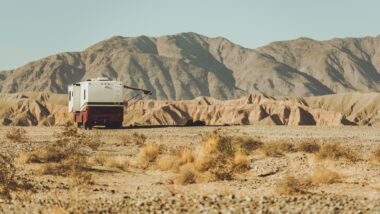Table of Contents Show
If you travel to Ohio, Michigan, or Wisconsin for the summer, you may plan a day trip to one of the Great Lakes. But if you’re unfamiliar with this region, you may not know much about these massive bodies of water.
How many Great Lakes are there? Which of the Great Lakes is the largest?
Today we’ll dive into these questions and more as we explore this region of the upper Midwest.
What Are the Great Lakes?
The Great Lakes are a series of interconnected freshwater lakes along the border between Canada and the United States. These lakes make up the world’s largest group of freshwater lakes by total area, covering over 94,000 square miles.
They border the Canadian province of Ontario and the states of Michigan, Wisconsin, Minnesota, Illinois, Indiana, Ohio, Pennsylvania, and New York.
How Many Great Lakes Are There?
There are five Great Lakes: Lake Superior, Lake Michigan, Lake Huron, Lake Erie, and Lake Ontario. Of the five, four form borders between Canada and the United States.
Lake Michigan is the only Great Lake completely in the United States.
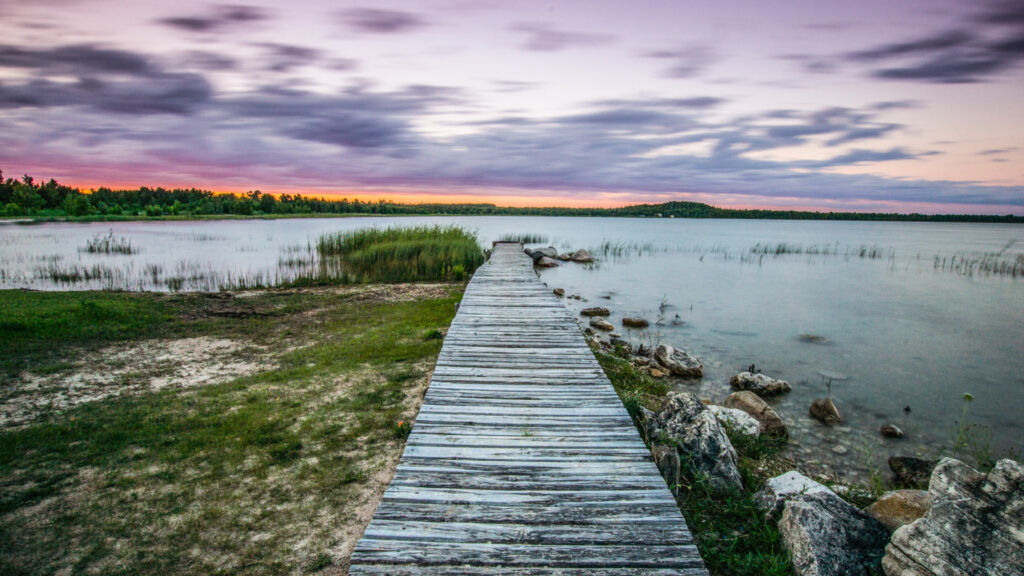
Where Are the Great Lakes?
Lake Superior is the farthest north, bordering Canada, Minnesota, Wisconsin, and Michigan’s Upper Peninsula. Lake Michigan forms the border between Wisconsin and Michigan and separates the Upper Peninsula from the Lower Peninsula.
It also touches Illinois and Indiana. The major cities of Green Bay, Milwaukee, and Chicago sit along the shoreline.
Lake Huron connects to Lake Michigan by the Straits of Mackinac. It borders Canada and the eastern shoreline of Michigan.
Lake Erie is the southernmost of the Great Lakes. It borders Canada, Michigan, Ohio, Pennsylvania, and New York. Toledo, Cleveland, and Buffalo sit along the shoreline.
The easternmost Great Lake is Lake Ontario. It forms the border between Canada and New York. Toronto, the most populous city in Canada, sits on its shoreline. Rochester, New York, is the largest city on the south side of the lake.
Are the Great Lakes In the United States or Canada?
Lake Michigan lies entirely in the United States. However, the other four Great Lakes split Canada and the U.S. Therefore, these are international waters.
The Boundary Waters Treaty of 1909 is the agreement between the U.S. and Canada to share the water of the Great Lakes between the countries.
Although the land surrounding the lakes can be privately owned, the general public owns the water itself due to the Public Trust Doctrine. Boaters can operate in Canadian and American waters as long as they don’t land, anchor, moor, or come into contact with another boat.
Each state’s Department of Natural Resources (DNR) helps manage the waters, which is important for visitors. For example, if you fish in Lake Erie, you’ll need the right fishing license based on your location. If you go boating in Lake Superior, you must follow the correct regulations for that area.
Keep in Mind: Ready to start planning your Great Lakes getaway? These are the best Campgrounds to stay at in Michigan!
Which Is the Largest?
By far, Lake Superior is the largest of the Great Lakes. It’s the largest freshwater lake in the world, covering 31,700 square miles. Only Lake Baikal in Siberia and Lake Tanganyika in East Africa have greater volumes.
It has a maximum length of 350 miles, 160 miles wide, and over 1,300 feet deep.
Lake Superior is the northernmost and westernmost of the Great Lakes. St. Mary’s River carries water from Lake Superior to Lake Huron. Ultimately, the St. Lawrence River carries the water to the Atlantic Ocean.
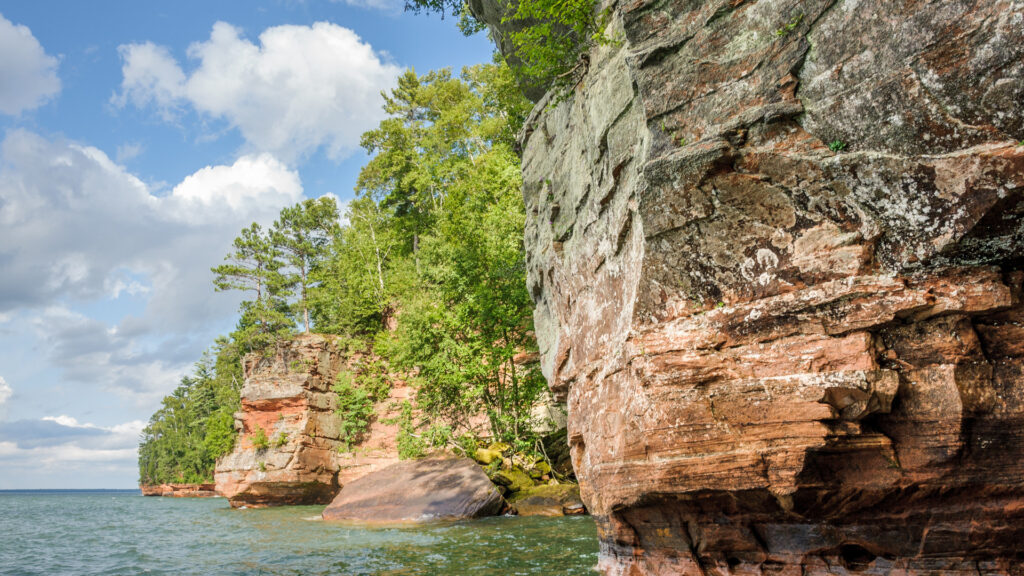
Which of the Great Lakes Is the Smallest?
The smallest and shallowest of the Great Lakes is Lake Ontario. However, it’s still the 13th-largest lake in the world. It covers 7,340 square miles and has an average depth of 283 feet. Its maximum length is 193 miles, and its maximum width is 53 miles.
The Niagara River drains Lake Erie and flows into Lake Ontario. Then the St. Lawrence River carries water from Lake Ontario out to the Atlantic Ocean.
Keep in Mind: Is the Bear Lake Monster Real? Let’s dive in and see!
When Is the Best Time to Visit the Great Lakes?
Unless you want frigid temperatures and blizzard conditions, avoid the Great Lakes region in the winter. The months of May and June are generally mild and comfortable. This time of year is also less crowded than the crazy summer tourist season.
You can also enjoy a pleasant autumn. September and October have fewer tourists but still offer comfortable temperatures before winter.
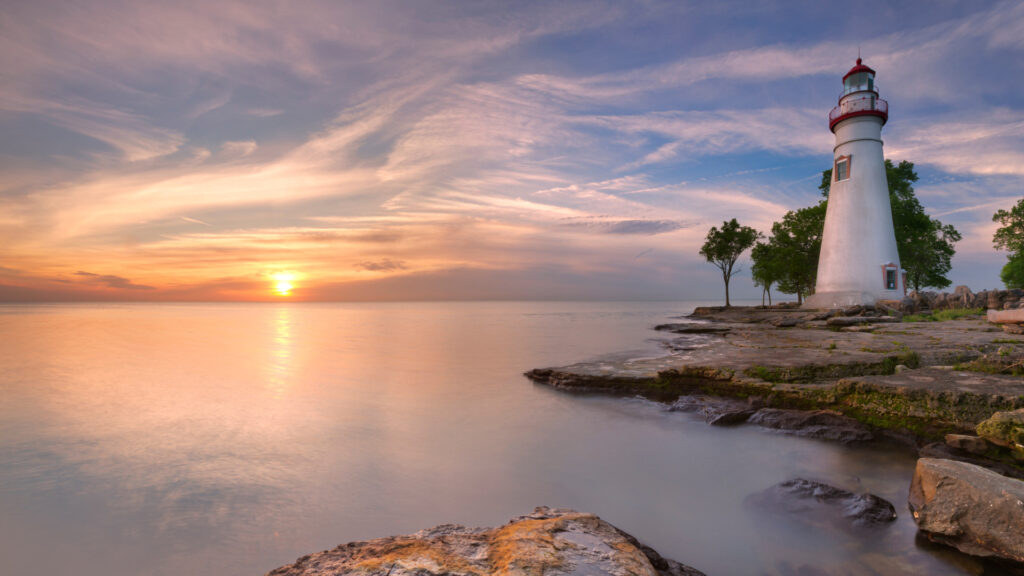
How Many Have You Visited?
So how many great lakes are there? Now you know! These five freshwater lakes are crucial to the survival of millions of Americans and Canadians. The lakes also provide jobs for locals and habitats for animals and plants that exist nowhere else in the world.
The Great Lakes are also places of outdoor recreation where you can enjoy boating, fishing, paddling, sunbathing, and wildlife viewing. There’s a reason this region is extremely popular in the summertime.
Have you ever visited the Great Lakes? If so, how many?




